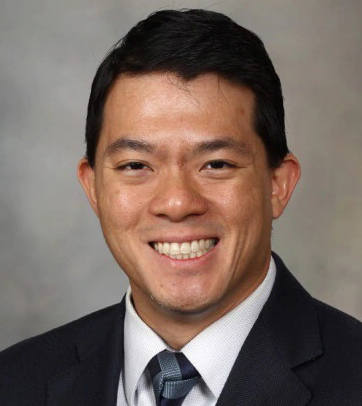


By Nancy Lee, MD, FASTRO, Memorial Sloan Kettering Cancer Center
De-escalation is a hot topic for HPV+ oropharyngeal cancer. There are numerous trials that are either published or ongoing focused on this topic. The excellent work by our colleagues from the Mayo Clinic, led by Daniel Ma, MD, on phase II and III de-escalation adjuvant radiation and chemotherapy trials for HPV-driven oropharyngeal cancer, lowered the dose of radiation to 30-36 Gy given 1.5-1.8 BID with two doses of docetaxel 15 mg/m2 after transoral resection. Excellent two-year locoregional control, disease free survival and overall survival were achieved, particularly in patients with intermediate risk factors after surgery. Patients with high volume nodal disease, pN2 with extracapsular extension, had higher failure rates treated to 36Gy versus standard 60Gy. Patients experienced significantly lower acute and long-term toxicities (1.6% with de-escalation versus 7.1% with 60 Gy). The investigators are to be congratulated for their dedication to seek methods to significantly de-intensify treatment for these patients.
The current abstract directly tackles the question that many groups had regarding the power of the Mayo Clinic trials on toxicity versus treatment outcome. MC1273 and MC1675 represent the largest prospective cohorts of HPV+OPSCC patients to receive radiation de-escalation after surgery (n=202 de-escalated). Using a preplanned pooled analysis of de-escalated patients from MC1273 and MC1675, this abstract tests whether the pooled patient cohorts for MC1273/1675 would have fit the noninferiority progression-free survival (PFS) target used for a contemporary cooperative group trial, NRG HN005. At a median follow-up of 36.6 months, the pooled two-year PFS for MC1273/1675 (91.1%) was noninferior to the target PFS for HN005 (92.3%) and was also significantly above the HN005 acceptable PFS threshold of 86.9%. The authors subsequently broke down the pooled population by the presence of extranodal extension (ENE) and AJCC eight nodal stage. All patient sub-cohorts remained significantly above the HN005 acceptable PFS threshold, with the exception of the ENE+/pN2 cohort (PFS 54.5%). Pooled two-year overall survival for MC1273/1675 was 97.8%.
Questions remain concerning the broader applicability for the MC1273/1675 regimen and the need to achieve negative margin and the use of low dose docetaxel. The patients with intermediate risk group can be treated with 50Gy radiation therapy alone based on the results of ECOG 3311. Further, the role of transoral surgery in the management of HPV+OPSCC patients is controversial. Whether these results can be replicated outside of the Mayo system remains to be seen. Finally, is it possible to achieve a highly de-intensified treatment strategy through bioselection, without surgery?
Nevertheless, this preplanned pooled analysis provides compelling evidence that the Mayo regimen meets the PFS requirements that the head and neck community have set as clinically acceptable through cooperative group trials. Given that a true noninferiority trial for HPV+OPSCC may require upwards to 4,000 patients, this statistical standard may be the best that can be achieved for this patient population.